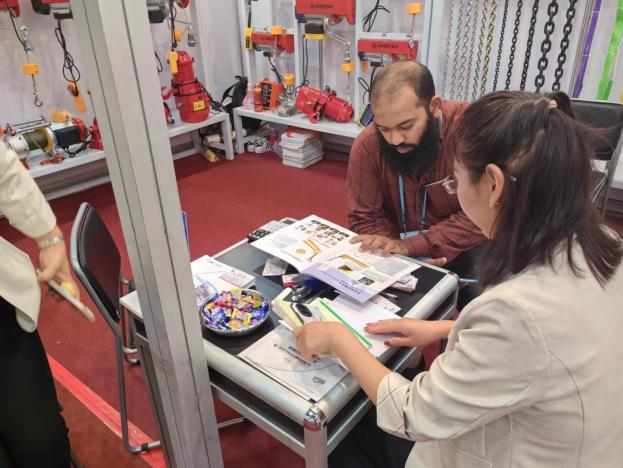


The Importance of Safety Protective Equipment
In today's fast-paced and often hazardous work environments, ensuring the safety of employees is paramount. To mitigate risks and prevent injuries, employers must invest in safety protective equipment (PPE). This equipment serves as a crucial line of defense against various workplace hazards, ranging from physical injuries to exposure to harmful substances. Understanding the significance of PPE, its types, and its proper use is essential for both employers and employees alike.
Understanding PPE
Personal Protective Equipment (PPE) refers to clothing and gear designed to protect individuals from specific hazards. This equipment is essential in industries such as construction, manufacturing, healthcare, and chemical processing, where workers face numerous risks daily. PPE comes in various forms, including helmets, gloves, eye protection, hearing protection, respirators, and protective clothing. Each type of equipment serves a unique purpose and is tailored to address specific hazards.
Types of Safety Protective Equipment
1. Head Protection Hard hats are crucial in preventing head injuries from falling objects or collisions. They must meet safety standards and be properly fitted for maximum protection.
2. Eye and Face Protection Safety glasses, goggles, and face shields protect against flying debris, splashes of hazardous liquids, and intense light. Workers in construction or laboratories, for instance, should wear appropriate eye protection to prevent serious injuries.
3. Hearing Protection Exposure to loud noises can lead to irreversible hearing loss. Earplugs and earmuffs are essential for workers in loud environments, enabling them to perform their duties without risking damage to their auditory system.
4. Respiratory Protection In environments where harmful dust, fumes, or gases are present, respirators are critical. These devices filter and purify the air, allowing workers to breathe safely.

5. Hand Protection Gloves come in various materials, each suited for different hazards. Cut-resistant gloves protect against sharp objects, while chemical-resistant gloves safeguard against hazardous substances.
6. Foot Protection Steel-toed boots are designed to protect feet from heavy objects and punctures. They are an essential part of a worker’s gear in construction and manufacturing settings.
7. Body Protection Coveralls, vests, and specialized suits such as chemical-resistant gear protect the body from various hazards. This equipment is tailored to the specific risks of the industry, providing essential safety measures.
The Role of Employers
Employers have a legal and moral obligation to ensure a safe workplace. This responsibility includes conducting thorough risk assessments to identify hazards present in the work environment. Once these risks are identified, employers should provide appropriate PPE, ensuring that all equipment meets regulatory standards. Additionally, companies must establish a PPE training program, educating employees on the correct use, maintenance, and limitations of their protective gear.
The Employee's Role
While employers play a vital part in providing PPE, employees also have responsibilities. Workers must wear the equipment as intended, report any damage or malfunctions, and understand the significance of each type of gear. Regular training sessions can reinforce the importance of PPE and provide updates on new equipment or changing regulations.
Conclusion
Safety protective equipment is not merely a regulatory requirement; it is a fundamental aspect of workplace safety. By investing in high-quality PPE and fostering a culture of safety, employers can significantly reduce the risk of injuries and illnesses. Furthermore, employees must engage actively in maintaining their safety. Together, they create a safer, more productive work environment, ensuring that everyone returns home safely at the end of the day. In an era where safety standards continue to evolve, prioritizing PPE is a vital step toward protecting the most valuable asset of any organization its people.



